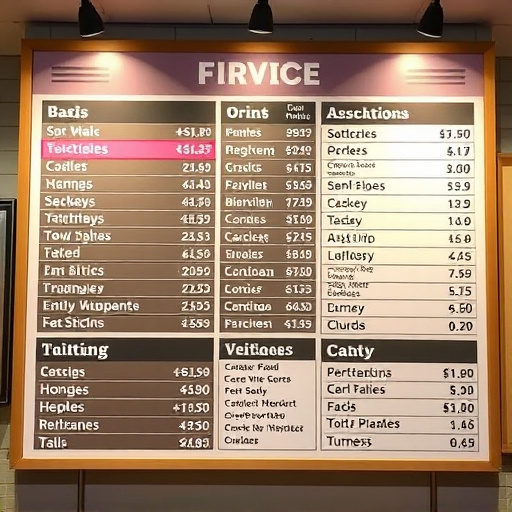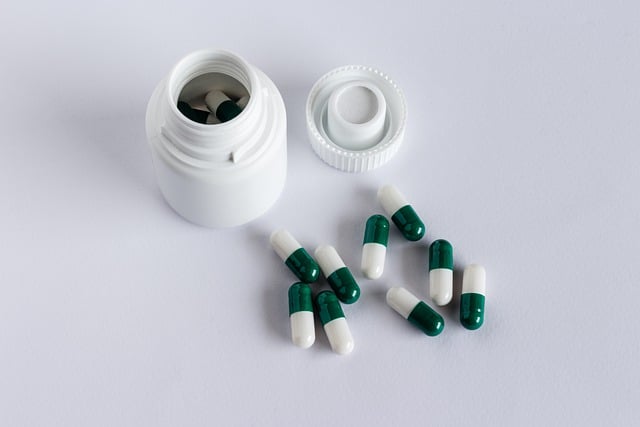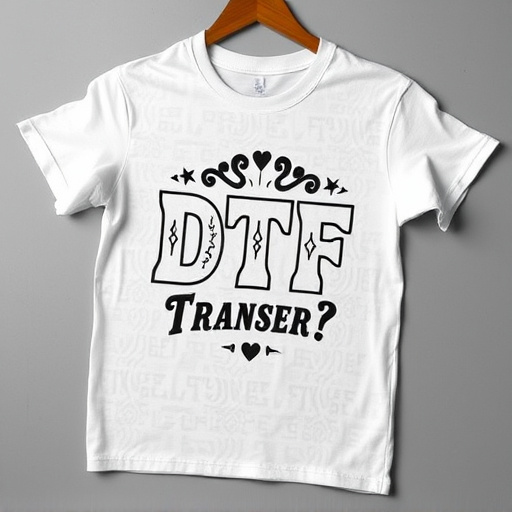Direct-to-film (DTF) transfer printing is a game-changer in the textile industry, offering exceptional detail, vibrant colors, and cost efficiency. This technology consolidates design creation and application, eliminating intermediate plates or screens. DTF prints withstand multiple washes thanks to advanced inkjet technology, protective coatings, high-quality inks, and durable substrates. Best practices for maintaining print quality include using longevity-focused transfers, pre-treating surfaces, optimal printing techniques, adequate drying time, and regular equipment cleaning. DTF is revolutionizing apparel with personalized, high-quality graphics, and its future looks promising with innovations focused on enhanced durability, new ink formulations, and digital technology integration.
Discover the revolutionary world of Direct-to-Film (DTF) Transfer technology, pushing the boundaries of print quality and durability. This article explores how DTF maintains exquisite detail through repeated washes, ideal for active lifestyles and long-lasting applications. From the science behind its resilience to real-world success stories, we demystify this innovative process. Learn about key materials enhancing wash resistance and best practices for optimal DTF Printing. Uncover future trends shaping the industry and how these advanced prints are transforming markets.
- Understanding Direct-to-Film (DTF) Transfer: A Brief Overview
- The Science Behind DTF's Quality Maintenance
- Key Materials and Their Role in Wash Resistance
- Best Practices for DTF Printing to Ensure Longevity
- Real-World Applications: Success Stories of DTF Prints
- Future Trends in DTF Technology and Wash-Resistant Prints
Understanding Direct-to-Film (DTF) Transfer: A Brief Overview

Direct-to-film (DTF) transfer is a cutting-edge printing technique revolutionizing the way we produce high-quality prints, especially for textiles and clothing. Unlike traditional methods that involve separate steps for design creation and application, DTF combines these processes into one seamless procedure. It’s a game-changer in the print industry, offering exceptional detail and vibrant colors straight from the digital file to the physical fabric.
This modern approach eliminates the need for costly intermediate plates or screens, making it highly efficient and cost-effective. With DTF printing, intricate designs with fine lines and complex imagery can be accurately reproduced, ensuring that every wash maintains the print’s integrity and visual appeal. This technology has become a favorite among businesses aiming to provide durable, long-lasting prints on various items, from t-shirts and hoodies to bags and shoes.
The Science Behind DTF's Quality Maintenance
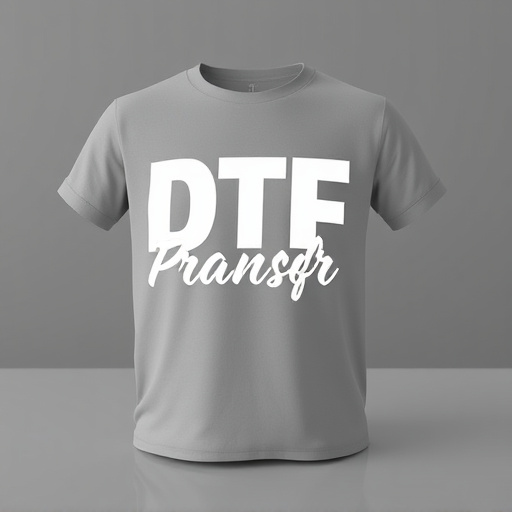
The quality maintenance of direct-to-film (DTF) prints is a fascinating interplay of science and technology. DTF transfers rely on advanced inkjet printing technology to deposit vibrant, durable dyes directly onto various substrates, including fabric and paper. This process ensures that the colors remain vivid and fast after washing, as the inks are chemically bound to the surface, preventing bleeding or fading.
Moreover, the durability of DTF prints is enhanced by their protective coating, which acts as a barrier against moisture and stains. This coating, combined with the choice of high-quality inks and substrates, results in prints that maintain their vibrancy and integrity through multiple washes, making them a superior option for applications requiring longevity and aesthetic appeal, such as clothing, decorations, and promotional materials.
Key Materials and Their Role in Wash Resistance
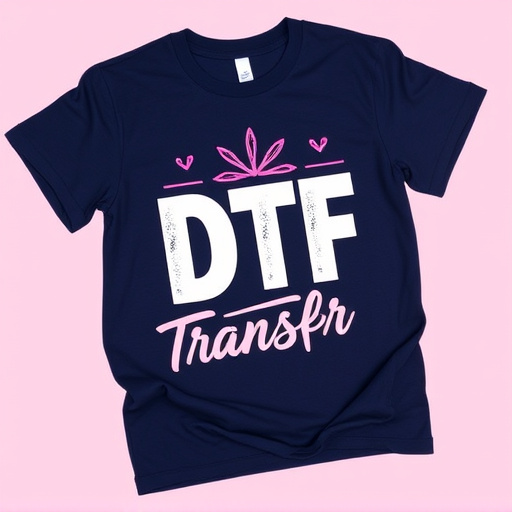
Direct-to-film (DTF) transfers and prints are designed to withstand the rigors of multiple washes, ensuring that vibrant colors and intricate details remain intact. The key materials play a pivotal role in achieving this durability. High-quality inks, for instance, are formulated with wash-resistant properties, allowing them to bond strongly with the substrate during the printing process. This robust bonding prevents ink from peeling or fading even after repeated exposure to water and detergent.
Additionally, the choice of fabric is crucial. Specialized fabrics treated with durable coatings offer superior resistance to moisture and abrasion. These materials ensure that the DTF transfer remains intact during washing, preventing the ink from rubbing off or losing its crispness. The combination of advanced inks and robust fabrics results in DTF prints that not only maintain their visual appeal but also endure the test of time, making them a popular choice for various applications, including apparel and promotional merchandise.
Best Practices for DTF Printing to Ensure Longevity
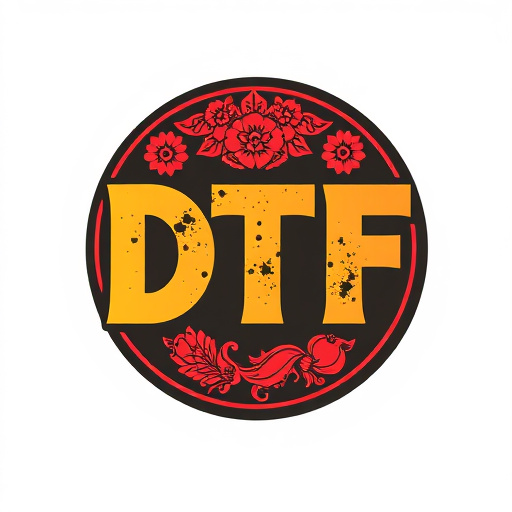
To ensure that direct-to-film (DTF) prints maintain their quality through multiple washes, best practices should be followed from the start. First, use high-quality DTF transfers designed for longevity; low-quality materials can result in fading or peeling after several washes. Second, pre-treat the printing surface to remove any contaminants that might interfere with ink adhesion, enhancing the print’s durability.
Next, proper printing techniques are crucial. Optimal temperature and pressure settings must be used during application to ensure the ink fuses well with the substrate. Additionally, allowing adequate drying time between layers prevents smudging and improves overall print quality. Regular cleaning of your printing equipment also plays a vital role in maintaining consistent results, preventing buildup that can affect print precision and longevity.
Real-World Applications: Success Stories of DTF Prints

Direct-to-film (DTF) prints have found their way into various industries, leaving a lasting impact on how we create and display custom designs. From apparel to signage, real-world applications of DTF technology showcase its versatility and durability. One of the most remarkable success stories lies in the apparel industry, where DTF transfers have revolutionized personalized clothing. With advanced printing techniques, brands can now offer customers the ability to customize their garments with intricate graphics and text, all while maintaining exceptional quality after multiple washes.
This innovative approach has led to unique marketing campaigns, allowing businesses to engage customers by offering highly personalized products. For instance, some fashion retailers have implemented DTF prints for creating limited-edition collections, where each piece is tailored to individual preferences. Moreover, outdoor and athletic brands have embraced this technology for designing durable, high-performance apparel that withstands rigorous activities and frequent laundering, ensuring the designs remain vibrant and intact.
Future Trends in DTF Technology and Wash-Resistant Prints

The future of direct-to-film (DTF) technology looks bright, with continuous innovations aimed at enhancing print quality and durability. One promising trend is the development of advanced DTF transfer films that offer superior adhesion and resistance to fading, ensuring prints maintain their vibrancy even after multiple washes. Researchers are also exploring new ink formulations that can withstand harsher washing conditions without compromising on color accuracy or texture.
Additionally, integration of digital technologies like AI and machine learning could streamline the DTF printing process, allowing for more precise control over print quality and efficiency. As consumer demand for durable and high-quality prints continues to grow, DTF technology is expected to evolve further, providing businesses and individuals with even more options for creating long-lasting, wash-resistant DTF prints.


